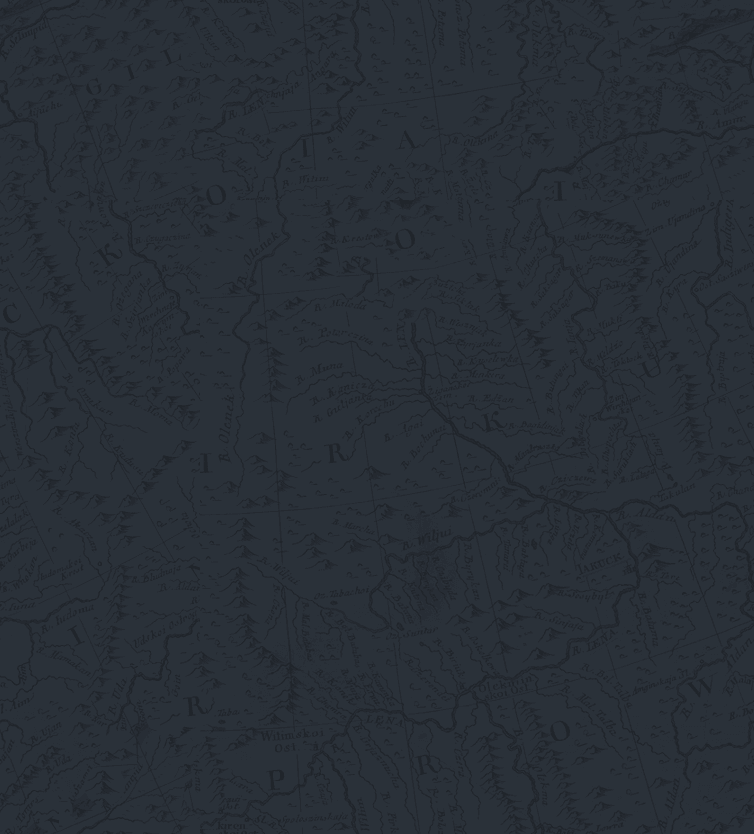
iWitness pollution map
iWitness pollution map of eyewitness reports and photos of pollution in the Gulf Region.

The iWitness Pollution Map is managed by the Louisiana Bucket Brigade (LABB) in partnership with the Gulf Monitoring Consortium (GMC). This map is a repository of eyewitness reports and photos of pollution in the Gulf Region from affected citizens, NGO’s, government agencies, and the parties responsible for the pollution.
There is something important and some sort of justice in the documentation of the extent of the devastation.
Following the Deepwater Horizon disaster, considered the largest accidental marine oil spill in the history of the petroleum industry, the Gulf Coast suffered tremendous environmental degradation. Even today, oil connected to the Deepwater spill continues to wash up on the shores of Louisiana, Alabama, and Florida.
Ensuring that BP remains responsible for this continuous clean-up effort is the number one priority of the Louisiana Bucket Brigade who envisions “a healthy, prosperous, pollution free and just state where people and the environment are valued over profit”.
This map is a repository of eyewitness reports and photos of pollution in the Gulf Region from affected citizens, NGO’s, government agencies, and the parties responsible for the pollution. This system enables fenceline communities, workers, and concerned citizens to speak out about how oil, petrochemical, and other fossil fuel pollution is threatening their livelihood, their health, and the ecosystems they rely on.
Louisiana Bucket Brigade correlates citizen reports to the map with industry self reports to the National Response Center, the Louisiana Department of Environmental Quality and the Environmental Protection Agency and any other air, water or soil sampling information once per week. They then share that analysis with federal and state enforcement officials in hopes of creating meaningful actions to curb pollution and end oil industry accidents in the long term. According to LABB, the US Coast Guard and US Environmental Protection Agency use the map to locate hot spots of pollution and potential environmental crimes.
13294
Number of reports